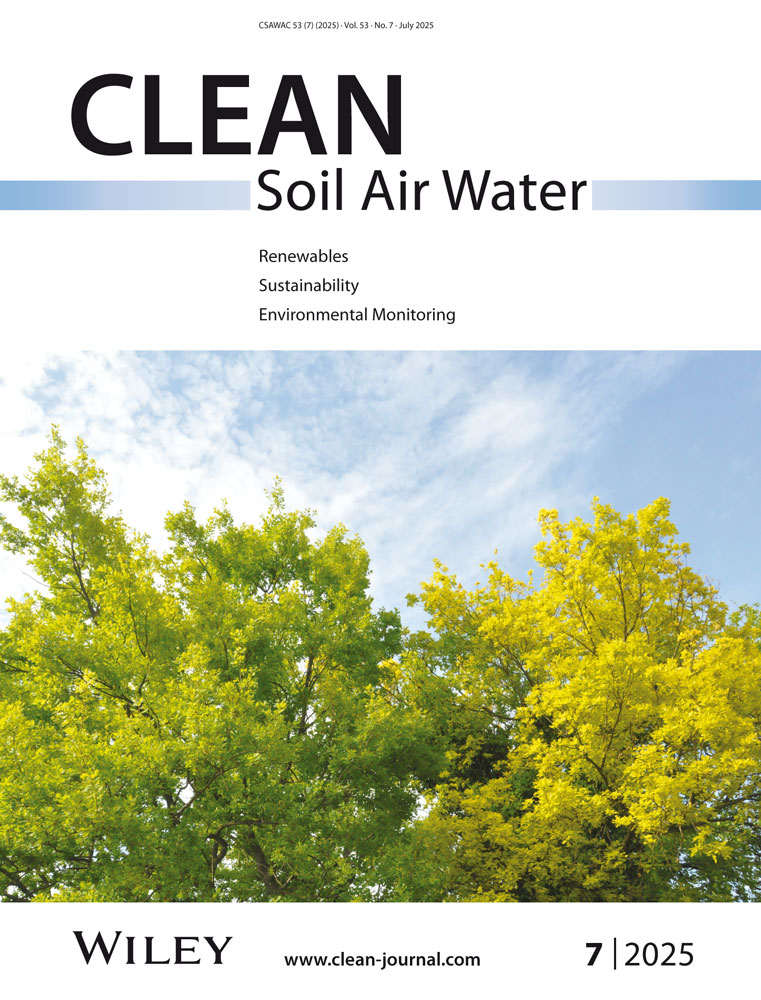IoT-Enabled Liquid Level Measurement and Characterization Using Differential Pressure Sensor Method
Funding: The authors received no specific funding for this work.
ABSTRACT
In the present era of industrial automation, low-cost sensing techniques for accurate liquid level measurement within storage tanks are essential. Storage tanks may contain various sensitive liquids, and changes in their physical properties, as sensed by the sensor, can affect measurement accuracy. An IoT-enabled experimental setup has been established to collect real-time data using low-cost differential pressure, temperature, and turbidity sensors. This work focuses on the detailed characterization of a low-cost differential pressure sensing technique, considering the effects of temperature variation, density, and turbidity. Both in situ and ex situ setups are studied using a differential pressure sensor with an air pocket. The effects of changes in temperature and density are analyzed using a proposed mathematical model and validated through experimental setup. The collected data are preprocessed using filters to remove possible noise and are further used for the estimation of various statistical parameters. For stable water levels, the average root mean square error (RMSE) is less than 0.4 mm (0.16%), and the average standard deviation is less than 0.1 mm. Considering the interrelationship among different parameters, linear and other regression models are developed for comprehensive characterization of the proposed model to ensure accurate measurements. The proposed empirical relationship and regression model show strong correlation between predicted and measured values, with RMSE in the range of 1–2 mm during the filling or draining of the storage tank.
Conflicts of Interest
The authors declare no conflicts of interest.
Open Research
Data Availability Statement
The data that support the findings of this study are available from the corresponding author upon reasonable request.




